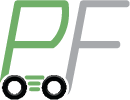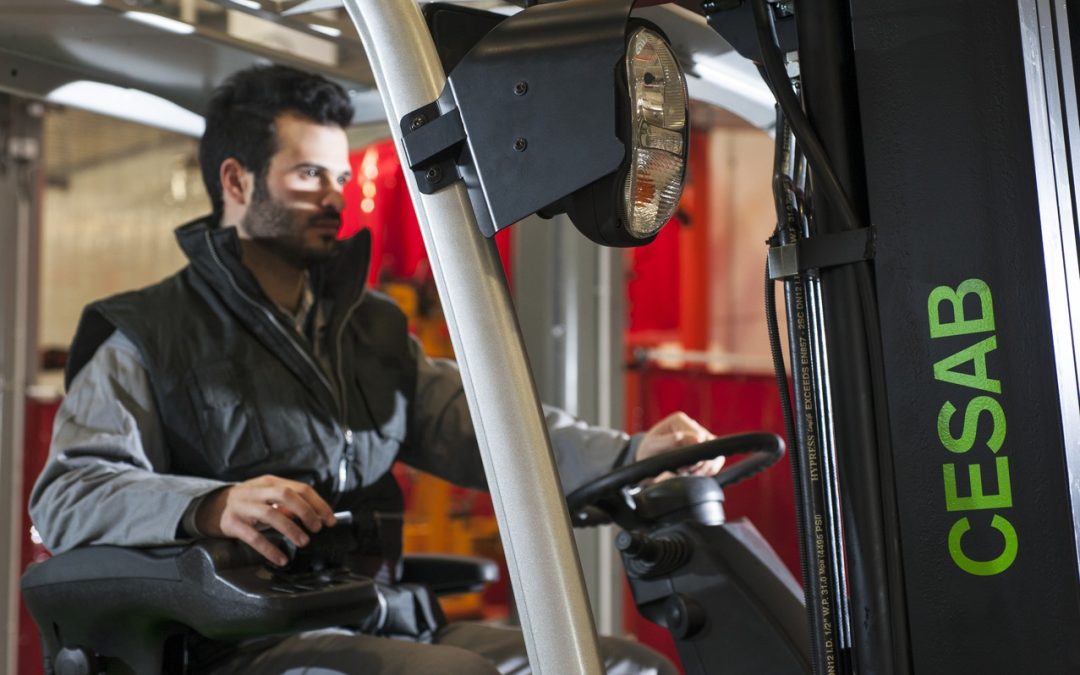Forklifts are crucial pieces of equipment for material handling in a wide range of different operations including warehouses and distribution hubs. While they lighten the load on employees by making it easier to move heavy goods and keep processes productive for forklift safety they must be correctly maintained. While daily inspections at the start and end of shifts are an important job, forklifts also require a more in-depth health check to make sure they are operating at maximum efficiency and are safe for their operators and those working close by.
In this blog, we’ll take a deep dive into this check-up, known as a thorough examination, looking at what these inspections entail, who must perform them and when they should be carried out to keep compliant with health and safety regulations. Read on to find out more.
What exactly is a thorough examination?
A thorough examination is defined by the Lifting Operations and Lifting Equipment Regulations (LOLER) as a detailed and systematic examination of a forklift including all safety-critical components. The inspection must be performed at specified intervals and only by a competent person. This designated individual will then go on to fill in a written report of the thorough examination’s findings.
Along with detailing the forklift’s overall health, the report will also include other important information, starting with the date of the thorough examination and when the next inspection is due. All defects detected during the examination that are either currently or may potentially prove dangerous to operators are also listed.
What does a thorough examination involve?
The competent person inspecting the forklift will conduct a visual examination of the equipment along with functional checks. Wear measurements will be taken to assess any damage and in certain cases, load and non-destructive testing will be carried out.
What happens when defects are identified during an examination?
If a serious defect is detected, the competent person who is conducting the inspection must report the issue instantly to the duty holder. Once this notification is complete, a written report must be created and completed. A copy of the report must also be sent out to the appropriate enforcing authority.
How do you define a competent person?
The term “competent person” is clearly defined in the Approved Code of Practice and Guidance established by LOLER and refers to a qualified engineer.
The guide explains that companies should make sure that the person who is performing a thorough examination should have the correct theoretical and practical knowledge along with experience of the type of lifting equipment requiring the in-depth inspection. Having this understanding and skill effectively allows the person to identify any weaknesses or defects and to efficiently assess the importance of them, in terms of safety and continuing use of the forklift.
How regularly should thorough examinations of forklifts be carried out?
LOLER recommends specific intervals for thorough examinations depending on the different types of forklift equipment involved. Lifting equipment and the accessories associated with it that are used to lift individuals must have a thorough examination every six months. All lifting accessories should also have a thorough examination every six months. Finally, all other lifting equipment on-site should have a thorough examination every 12 months.
It is critical that any company using forklift trucks on their premises adheres to this schedule for thorough examinations. These in-depth tests are a legal requirement here in the United Kingdom and enterprises neglecting to perform them can face penalties. However, these essential check-ups are always in the best interests of businesses as they can keep staff secure on-site and all equipment in use operating at optimum efficiency. As a result, firms can enjoy a safer and more productive workflow.
Get in touch with our team today and find out more about how we can help you with servicing and thorough examination for your fleet.

 01282 842 678
01282 842 678